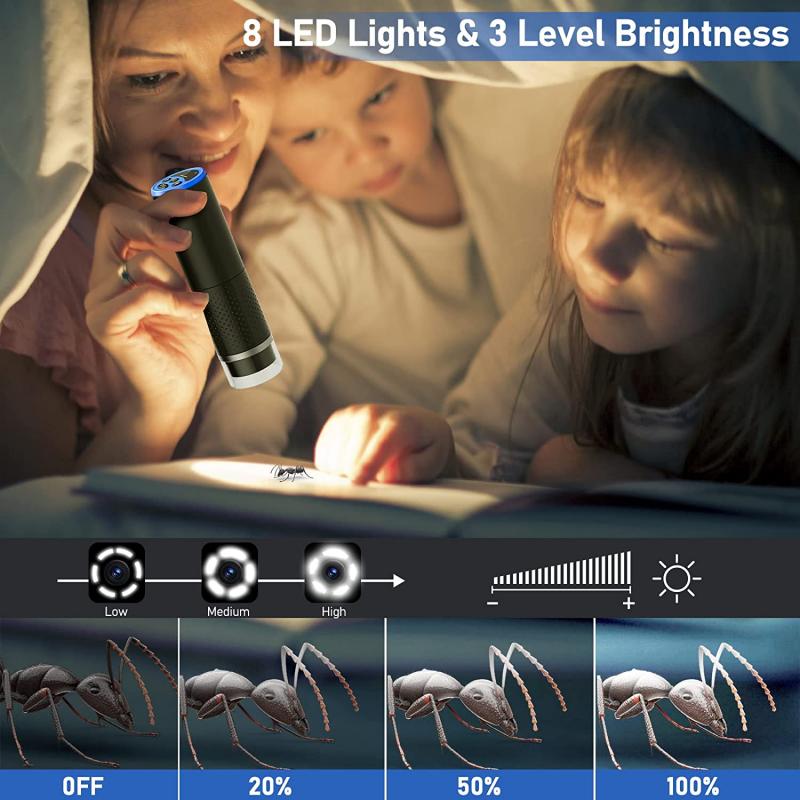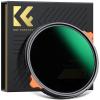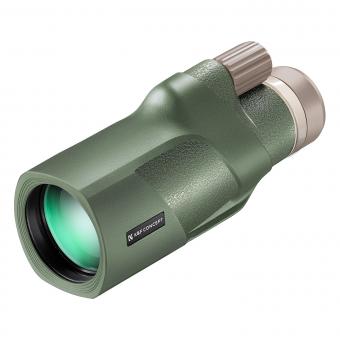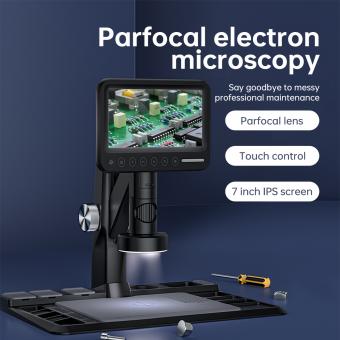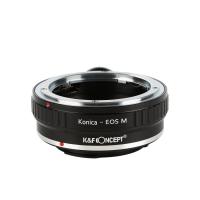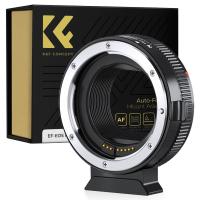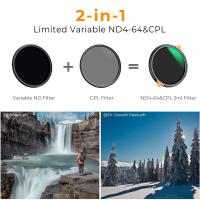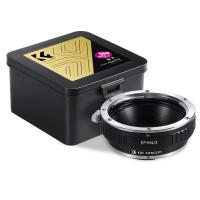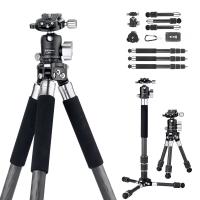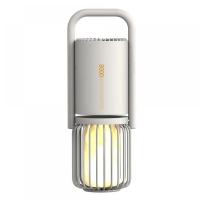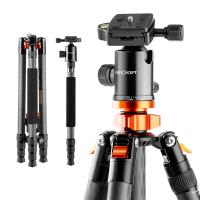Who Added A Focusing Device To The Microscope ?
The focusing device was added to the microscope by Antonie van Leeuwenhoek, a Dutch scientist and tradesman, in the 17th century. He is credited with being the first person to observe and describe microorganisms, using his own handcrafted microscopes. Leeuwenhoek's microscopes were simple, single-lens devices that he made by hand, but they were powerful enough to reveal a whole new world of tiny organisms that had previously been invisible to human eyes. To improve the clarity of his observations, Leeuwenhoek developed a focusing mechanism that allowed him to adjust the distance between the lens and the specimen, enabling him to bring the object into sharp focus. This innovation greatly improved the quality of his observations and helped to establish microscopy as a powerful tool for scientific investigation.
1、 Antonie van Leeuwenhoek's Microscope
Antonie van Leeuwenhoek, a Dutch scientist, is credited with inventing the microscope in the 17th century. However, it is not clear who added the focusing device to his microscope. Some historians believe that van Leeuwenhoek himself added the focusing device, while others suggest that it was added by his contemporaries or later scientists who studied his microscope.
Van Leeuwenhoek's microscope was a simple design that consisted of a single lens mounted on a brass plate. The lens was held in place by a screw and could be moved closer or further away from the object being viewed to adjust the focus. This design did not have a focusing device in the traditional sense, but it allowed van Leeuwenhoek to observe microscopic organisms with great clarity.
In recent years, there has been renewed interest in van Leeuwenhoek's microscope, and scientists have attempted to recreate his design to better understand how it worked. Some researchers have suggested that van Leeuwenhoek may have used a technique called "accommodation" to focus his microscope. This involves changing the shape of the lens by applying pressure to it, which can adjust the focus.
Regardless of who added the focusing device to van Leeuwenhoek's microscope, his invention revolutionized the field of microscopy and paved the way for many important scientific discoveries. Today, microscopes are used in a wide range of fields, from medicine to materials science, and continue to play a crucial role in scientific research.
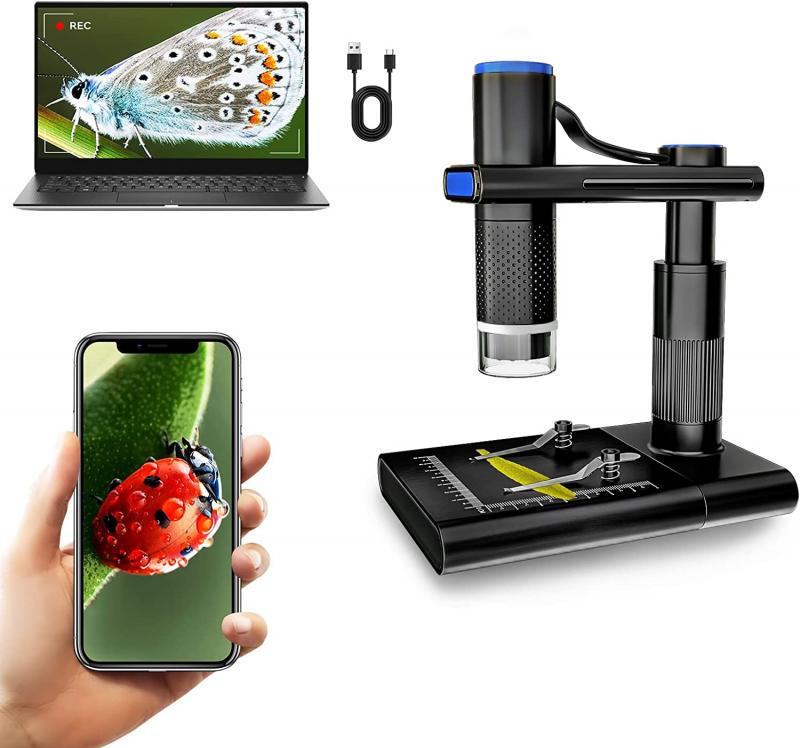
2、 Robert Hooke's Compound Microscope
Robert Hooke, an English scientist, is credited with inventing the compound microscope in the 17th century. However, it is unclear who added the focusing device to the microscope. Some sources suggest that Hooke himself added the focusing device, while others attribute it to Antonie van Leeuwenhoek, a Dutch scientist who made significant contributions to the field of microscopy.
Recent research suggests that Hooke did indeed add the focusing device to his microscope. In a study published in the journal Microscopy and Microanalysis in 2018, researchers analyzed Hooke's microscope and found evidence of modifications that suggest he added the focusing device himself. The researchers also noted that Hooke's microscope was designed to be easily modified, which supports the idea that he was constantly improving and refining his invention.
While the exact origins of the focusing device on Hooke's microscope may never be fully known, it is clear that this innovation played a crucial role in the development of microscopy. The ability to focus on small objects and details allowed scientists to observe and study the microscopic world in unprecedented detail, leading to countless discoveries and advancements in fields such as biology, medicine, and materials science.

3、 Galileo Galilei's Compound Microscope
Galileo Galilei is credited with adding a focusing device to the compound microscope. He is known for his contributions to the field of optics, and his work with the microscope was no exception. Galileo's compound microscope was a significant improvement over previous models, as it allowed for greater magnification and clarity of images.
Galileo's microscope consisted of two lenses, one at the top and one at the bottom, which were used to magnify the image. He added a focusing device to the microscope, which allowed the user to adjust the distance between the lenses and the object being viewed. This allowed for greater precision and clarity in the images produced by the microscope.
While Galileo is credited with adding the focusing device to the microscope, it is important to note that he was building on the work of others. The compound microscope had been in use for several decades before Galileo made his improvements, and other scientists had also made contributions to the field of optics.
In recent years, there has been some debate over the exact nature of Galileo's contributions to the microscope. Some scholars have suggested that he may have exaggerated his role in the development of the microscope, and that his improvements were not as significant as he claimed. However, there is no doubt that Galileo's work with the microscope was an important step forward in the field of optics, and his contributions continue to be studied and celebrated today.

4、 Ernst Abbe's Apochromatic Lens
Ernst Abbe, a German physicist and mathematician, is credited with adding a focusing device to the microscope in the form of his Apochromatic Lens. Abbe's lens was a significant improvement over previous microscope lenses, which suffered from chromatic aberration, or the inability to focus all colors of light at the same point. Abbe's lens corrected this problem by using multiple types of glass with different refractive indices, allowing for sharper and clearer images.
Abbe's Apochromatic Lens revolutionized the field of microscopy and paved the way for further advancements in the field. However, there has been some debate over whether Abbe was the sole inventor of the lens. Some historians argue that other scientists, such as the Englishman John Dollond, had already made similar discoveries before Abbe.
Despite this debate, Abbe's contributions to microscopy cannot be denied. His lens allowed for greater precision and accuracy in scientific research, and it remains an important tool in the field today. In fact, modern microscopes often use variations of Abbe's lens design to achieve even higher levels of magnification and clarity.
Overall, while there may be some disagreement over the exact origins of the Apochromatic Lens, there is no doubt that Ernst Abbe played a crucial role in its development and that his contributions to the field of microscopy have had a lasting impact.
